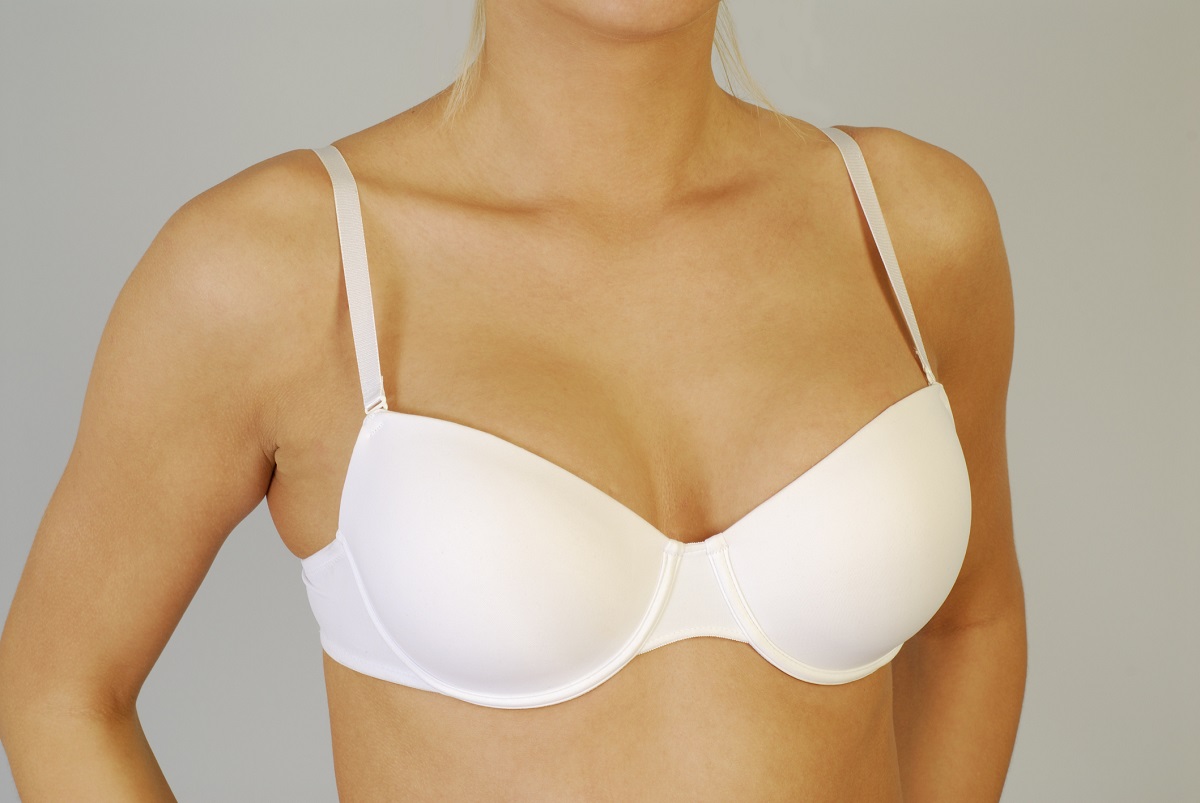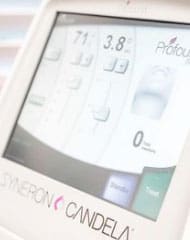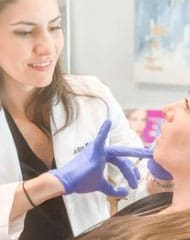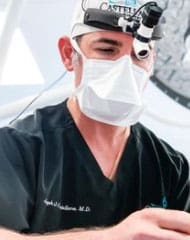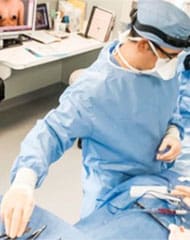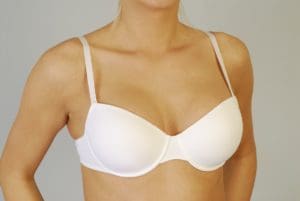 When it comes to breast surgeries, breast implants usually get all the attention. However, many women with naturally large chests are interested in reducing their breast volume instead.
When it comes to breast surgeries, breast implants usually get all the attention. However, many women with naturally large chests are interested in reducing their breast volume instead.
There are good reasons for this. Larger breasts can cause back, shoulder and neck pain, and hunching over due to the weight can even harm the spine. Plus, bigger breasts often sag sooner than smaller ones, leaving women wishing that theirs were smaller and perkier.
With a breast reduction, volume is removed and the breasts themselves reshaped. And while this offers many benefits, lots of women worry about scarring from breast reduction. Here’s what you should know.
Scars Are Normal after Breast Reduction
Let’s get this out of the way: you will have scars after a breast reduction. Ariel Winter is perhaps the most famous person to go public about getting a reduction, and she proudly sports her scars on the red carpet and in publicity photos.
Your surgeon will work to hide the scars as much as possible, but ultimately, in certain outfits and when naked, they are going to be visible. How visible, though, will vary.
Factors That Impact Scarring Appearance
Breast reduction scars are most visible for the first 6 months after surgery. From there, they typically begin to fade. However, everyone heals differently. Factors that can change the appearance of your scars include:
- Hurting your incision sites by not following aftercare instructions.
- Delayed healing due to infection or issues with the immune system.
- Being younger, as young skin tends to create thicker scars.
- Pre-existing damage to the skin.
To position yourself for minimal scarring, take good care of the incision sites, keeping them clean and dry. Once healed, apply moisturizer regularly and massage the scar tissue. Soon enough, your scars should be minimally visible.
To learn more about breast reduction and recovery, speak with Dr. Castellano. Call the office at 813-872-6093 or reach out via our contact form.
Related Posts
